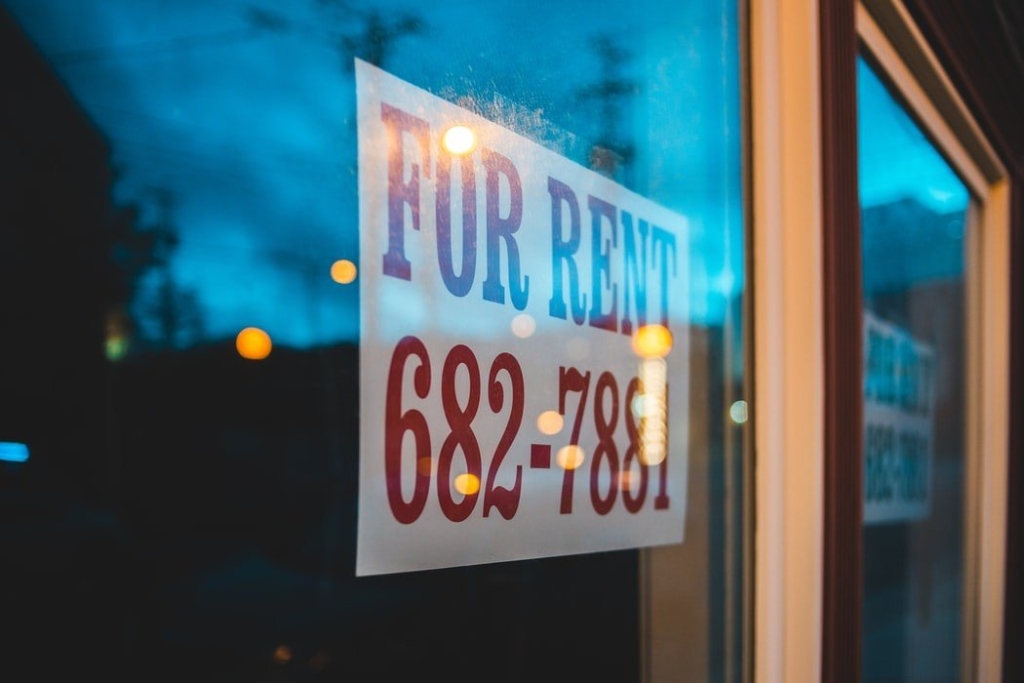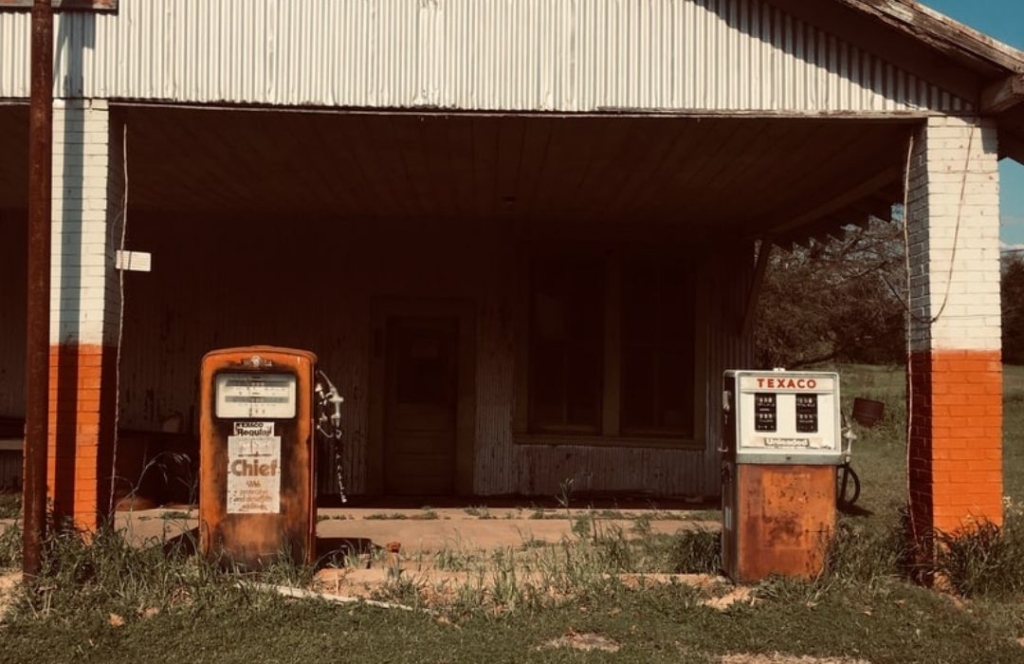An excellent example of a multi-tenant net lease property is the apartment building from the famous sitcom Friends. The building’s landlord receives rent from at least four of the six main characters in the series and the other tenants and the owner of the coffee shop, Central Perk, which is situated on the first floor of the building.
Now imagine an alternate universe where Terry, the owner of Central Perk (no, not Gunther – there’s the answer to that Friends trivia question you’ve been looking for), has the opportunity to rent the entire building from the landlord and turns it into a shabby chic hotel.
Here you have an example of a single-tenant net lease.
Now, I know you didn’t come here for the Friends trivia, so let’s move on by looking at single-tenant net leases in more detail. Single-tenant net leases are very popular among commercial real estate investors who don’t want to saddle themselves with a landlord’s traditional responsibilities. In a sense, you could say that these investors prefer a more “hands-off” approach.
If you’re entirely new to this concept, don’t worry. This article will explain a few of the basics to you.
What Is a Single-Tenant Net Lease?

Single-tenant net-leased (or STNL) properties are properties that are leased to one tenant only. Under this type of net lease, the tenant takes on paying for all property-related costs. These include property taxes, building insurance, and operating expenses. An STNL is, therefore, a triple-net or NNN lease. Triple-net leases are the most common commercial real estate lease.
Be careful not to confuse an STNL (a type of triple-net lease) with a single-net lease, which refers to an agreement whereby the tenant is only required to pay property taxes in addition to rent.
There are also double-net leases, which require the tenant to pay two out of the three primary property expenses: namely, property taxes and insurance.
The “nets” denote the amount of responsibility that falls on the tenant, rather than the landlord regarding the upkeep of the property being leased, with triple-net leases assigning the most responsibility to the tenant in this regard. The opposite applies in the case of a gross lease, which is another type of lease agreement whereby the landlord remains responsible for all the costs related to the property.
STNL properties are an attractive option for individuals looking to invest in real estate because of the benefits investors stand to gain from them. A more in-depth discussion of the advantages and the potential drawbacks of this type of net lease will follow after the section below.
What Are the Features of Single-Tenant Net Leases and Properties?
- STNLs are long-term leases. This means that their lease term usually lasts for a period of 10 to 25 years. To hedge against inflation, they typically include annual rent increases or escalators as part of the initial agreement between the tenant and the landlord. In most cases, the rent goes up by about 1% to 2% per year.
- The most common STNL properties are retail properties. These include fast-food restaurants, gas stations, and drug stores. Of course, this is not to say that other commercial real estate types, such as industrial and office, are not listed as STNL properties.

- Asking prices for STNL properties are usually determined by a cap rate. A cap rate indicates the rate of return an investment property is expected to produce. It is calculated by dividing the property’s annual net operating income (NOI) by the purchase price. The more risks involved in an investment, the higher its cap rate, while the reverse is also true.
- The financial performance of an STNL property is linked to the tenant’s ability to pay rent. Therefore, the credit rating of the tenant is a crucial factor in these types of real estate investments since it represents the likelihood of the tenant defaulting on their financial obligations.
What Are the Advantages of Single-Tenant Net Leases?
- A Reliable Source of Income
This type of net lease generates a steady cash flow that has the potential to grow over time, thanks to the annual rent increases or escalators that form part of the agreement. As the landlord, you’ll be entitled to a passive stream of income for the duration of the lease term, which, as mentioned before, could last for up to two decades.
In addition to the monthly rental installments that you’ll receive from your tenant, you also won’t have to pay for any of the expenses usually attached to owning a building. Another advantage of this is that you won’t encounter any unforeseen tax bills or maintenance costs.
- Minimal Involvement
As mentioned elsewhere in this article, the tenant takes on the responsibilities of managing the property and the upkeep of the buildings that are on it with a triple-net lease. This makes triple-net lease properties ideal for individuals who want to invest in real estate but who don’t want to be burdened with the task of having to maintain it.
- Low-Risk, High-Reward Investments
STNL properties are the perfect option for commercial investors looking for real estate that is relatively low-risk and high-reward. This is because you will only be dealing with one property, one long-term tenant, and one set of terms and conditions outlined in the lease agreement between you and the tenant.
- Full Occupancy by a Long-Term Tenant
Finding multiple tenants to occupy every building unit and then getting them to stay there sounds far more challenging than having a single tenant occupy the entire space. This is another advantage of an STNL since it guarantees the total occupancy of your property over an extended period.
- Monthly Rental Installments Offset Mortgage and Financing Costs
The monthly rent you receive from your tenant can be used as compensation to cover the initial outlay that goes into buying a property. In other words, your tenant will help to finance your investment. This can expand your options to a large degree, especially if you’re interested in buying a triple-net property but don’t have the full purchase amount liquid in cash.
What Are the Potential Drawbacks of Single-Tenant Net Leases?
As with all investments, there is always some degree of risk involved. Single-tenant net leases are no exception, which is why it’s essential to consider all of your options before investing in anything, whether property-related or not.
- Rental Income Is Dependent on One Tenant
While having a single tenant occupy your entire investment property might ensure full occupancy, there is one major drawback to this situation. That is, if your tenant vacates the property, you immediately lose all of your rental income.

This is especially unfortunate if you depend on your tenant’s monthly rent payments to help pay back any loans that you might still owe on the property.
Therefore, you need to be highly selective when choosing a tenant for your STNL property. It’s a good idea to examine your prospective tenants’ credit ratings and financials and to check whether they have any outstanding bonds before investing in a property with one of them.
- Escalators May Increase Rent at a Slower Pace than Market Rental Rates
The annual rent increases built into a net lease agreement may be fixed at 1% to 2% per year. This is excellent for creating a reliable passive income stream. Still, it could also mean losing out on the increase in revenue if market rental rates rise above those that are stipulated in your tenant’s lease agreement.
Conclusion
Single-tenant net leases offer several advantages to individuals looking for low-maintenance and low-risk but high-reward properties to invest in. Purchasing NNN real estate also means you’ll get to enjoy a steady flow of income for many years to come.
However, this means needing to secure a high-quality tenant who is unlikely to leave or go bankrupt before the lease term ends. Therefore, the most important thing to remember is to choose wisely when it comes to selecting a tenant to occupy your property.
Now that you’re caught up on single-tenant net leases, look at our available listings to find the perfect investment for your portfolio.

